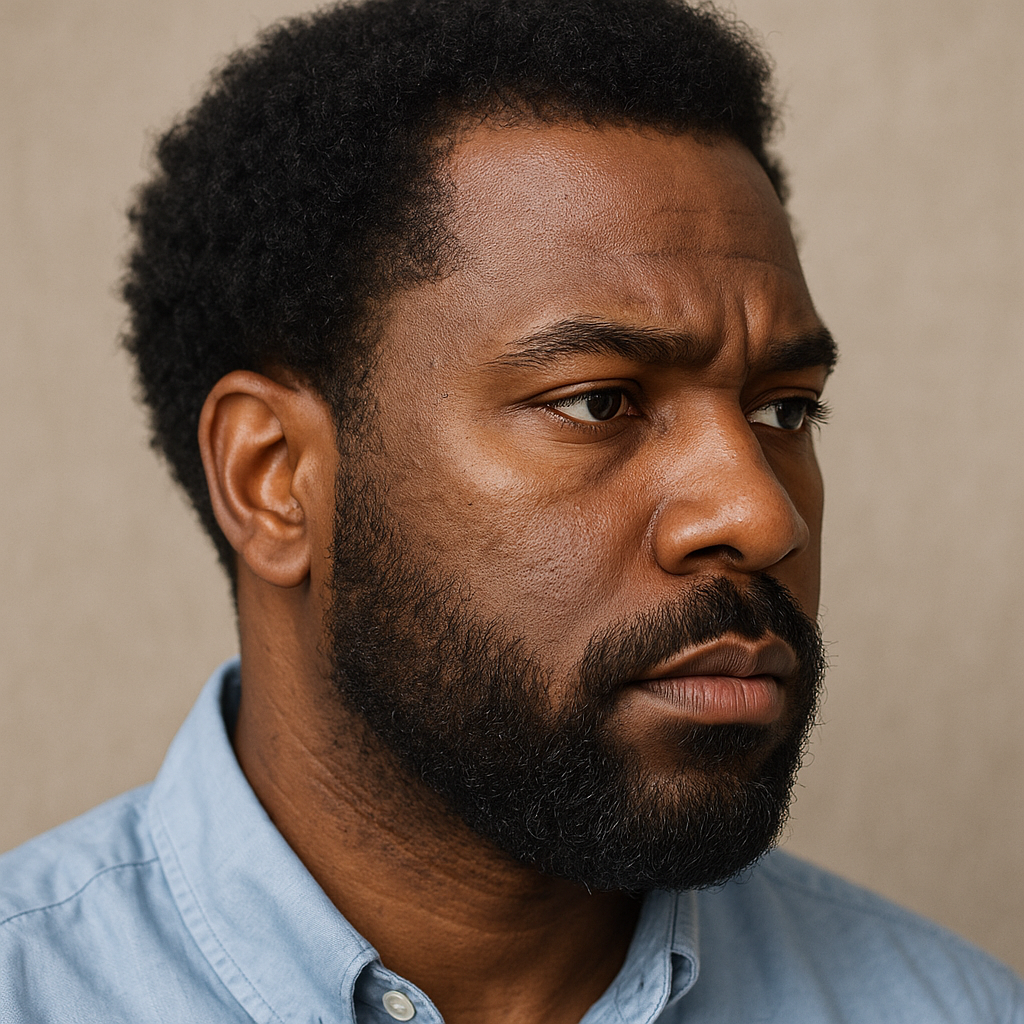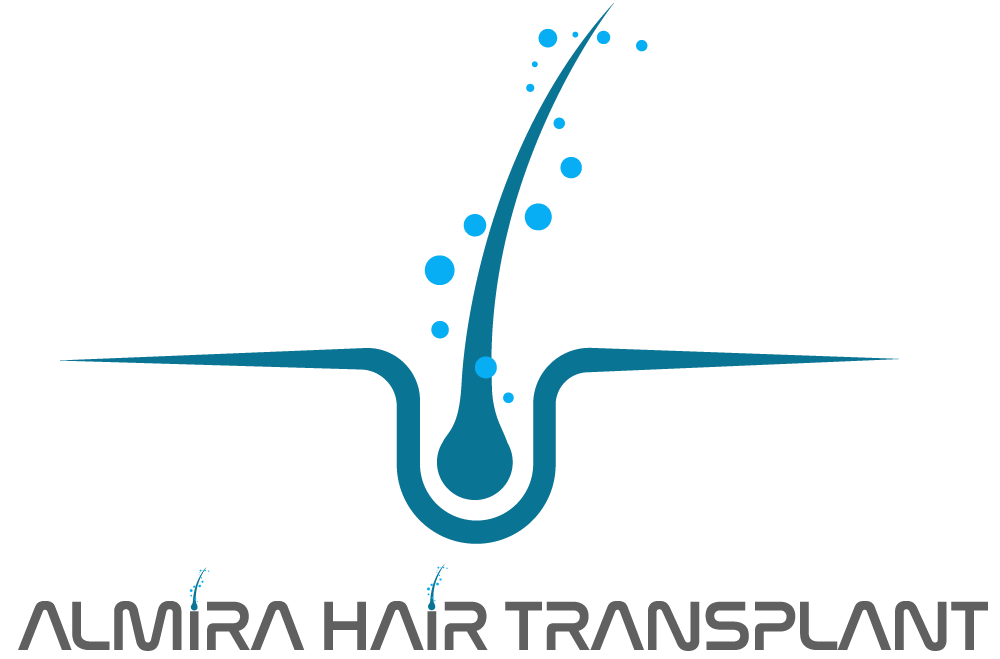Choosing the Right Clinic for Afro Hair Transplant: What to Consider?

Choosing the Right Clinic for Afro Hair Transplant: What to Consider?
Afro hair, with its curly texture, density, and unique follicular structure, differs significantly from other hair types. For this reason, Afro hair transplantation requires greater expertise and experience compared to standard procedures. Choosing the wrong clinic can result in unsatisfactory aesthetic outcomes and even permanent follicle damage. In this article, we will explore the essential factors to consider when selecting a clinic for an Afro hair transplant.
1. Expertise and Experience
The naturally curly structure of Afro hair makes graft extraction and implantation more complex.
-
The first priority in choosing a clinic should be the doctor’s and team’s experience with Afro hair transplantation.
-
A proven track record of successful results with Afro hair patients is a major advantage.
-
The clinic should transparently share before-and-after photos of previous cases.
2. Techniques Used
The most common methods for Afro hair transplantation are FUE (Follicular Unit Extraction) and DHI (Direct Hair Implantation). However, these methods require special adjustments for Afro hair.
-
FUE Technique: Special micro-motor punches are needed to extract curly grafts at the correct angle.
-
DHI Technique: This method is often chosen to preserve the natural curl direction and achieve more natural results.
-
Patients should confirm the clinic’s proficiency in these methods before proceeding.
3. Donor Area Management
In Afro hair types, the donor area (usually the back of the head) may be more limited compared to straight hair. Proper planning is therefore crucial.
-
Clinics must extract grafts efficiently without over-harvesting the donor area.
-
In some cases, beard or body hair can be used as alternative sources.
-
Preserving the donor area is critical for potential future sessions.
4. Naturalness and Aesthetic Planning
The most striking feature of Afro hair is its natural volume and curl pattern.
-
The clinic must design a hairline that complements the patient’s facial proportions.
-
Implantation should be done with careful attention to hair curl direction.
-
Inexperienced handling often leads to unnatural results lacking Afro hair’s authentic look.
5. Hygiene and Technology
As with any surgical procedure, high hygiene standards are essential.
-
The clinic should have sterile operating rooms.
-
Equipment must be either single-use or thoroughly sterilized.
-
Modern technology (high-resolution microscopes, advanced graft extraction devices) enhances success rates.
6. Patient Follow-Up and Support
A successful Afro hair transplant is not limited to the day of surgery—aftercare plays a vital role.
-
The clinic should provide scheduled follow-up visits.
-
Post-operative support should include shampoos, lotions, and medications.
-
Patients should be able to reach the clinic promptly in case of complications.
7. Pricing and Transparency
Since Afro hair transplant requires special expertise, costs are usually higher than standard procedures.
-
Extremely low-price offers should raise concerns about quality.
-
The clinic should clearly outline all costs, techniques used, and the expected number of sessions.
Conclusion
Afro hair transplantation demands expertise, precision, and careful planning. Choosing the right clinic involves evaluating the surgeon’s experience, the techniques applied, natural aesthetic planning, hygiene standards, and post-operative care. A poor choice may lead to irreversible mistakes.
In short, anyone considering an Afro hair transplant should look beyond price and focus on experience, quality, and reliability to achieve the best possible outcome.


